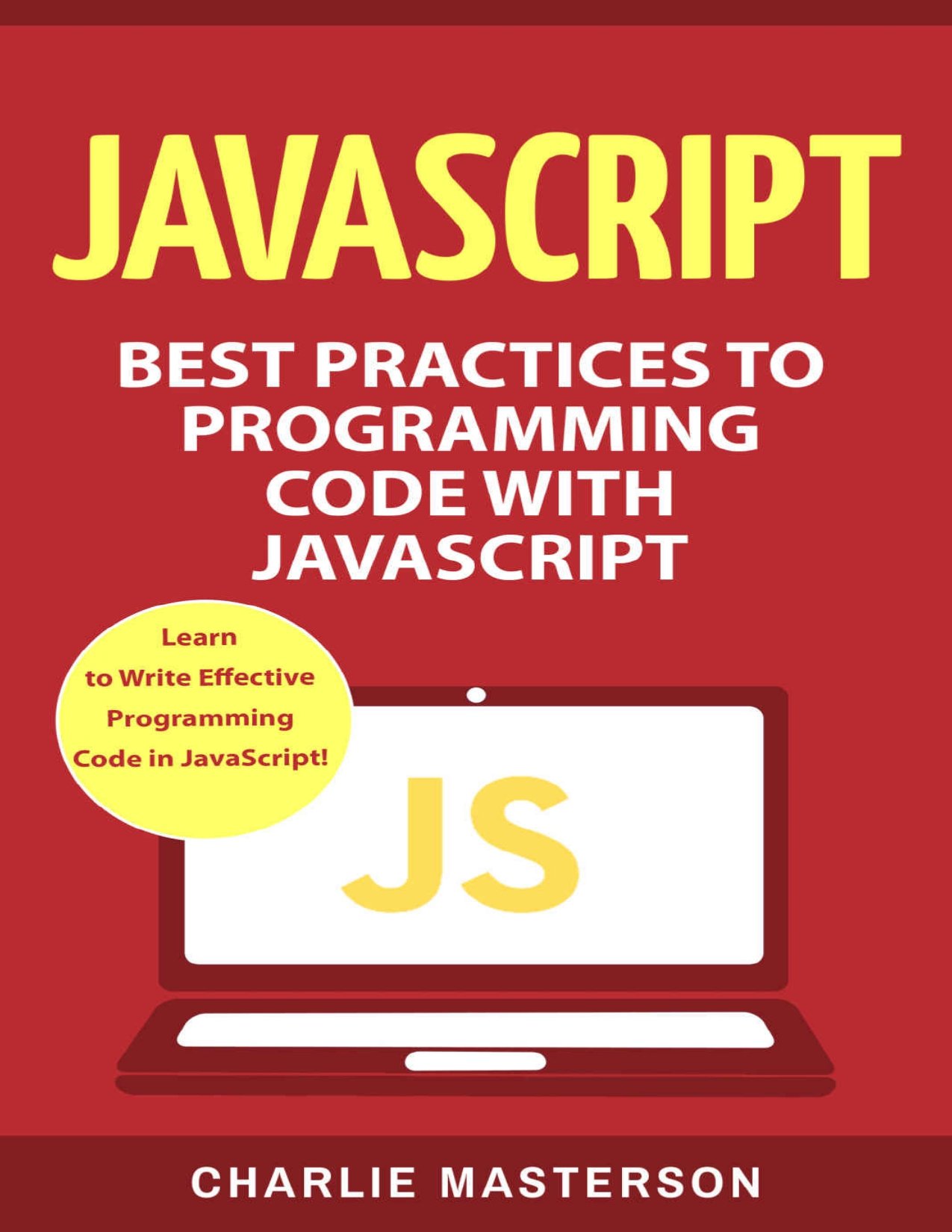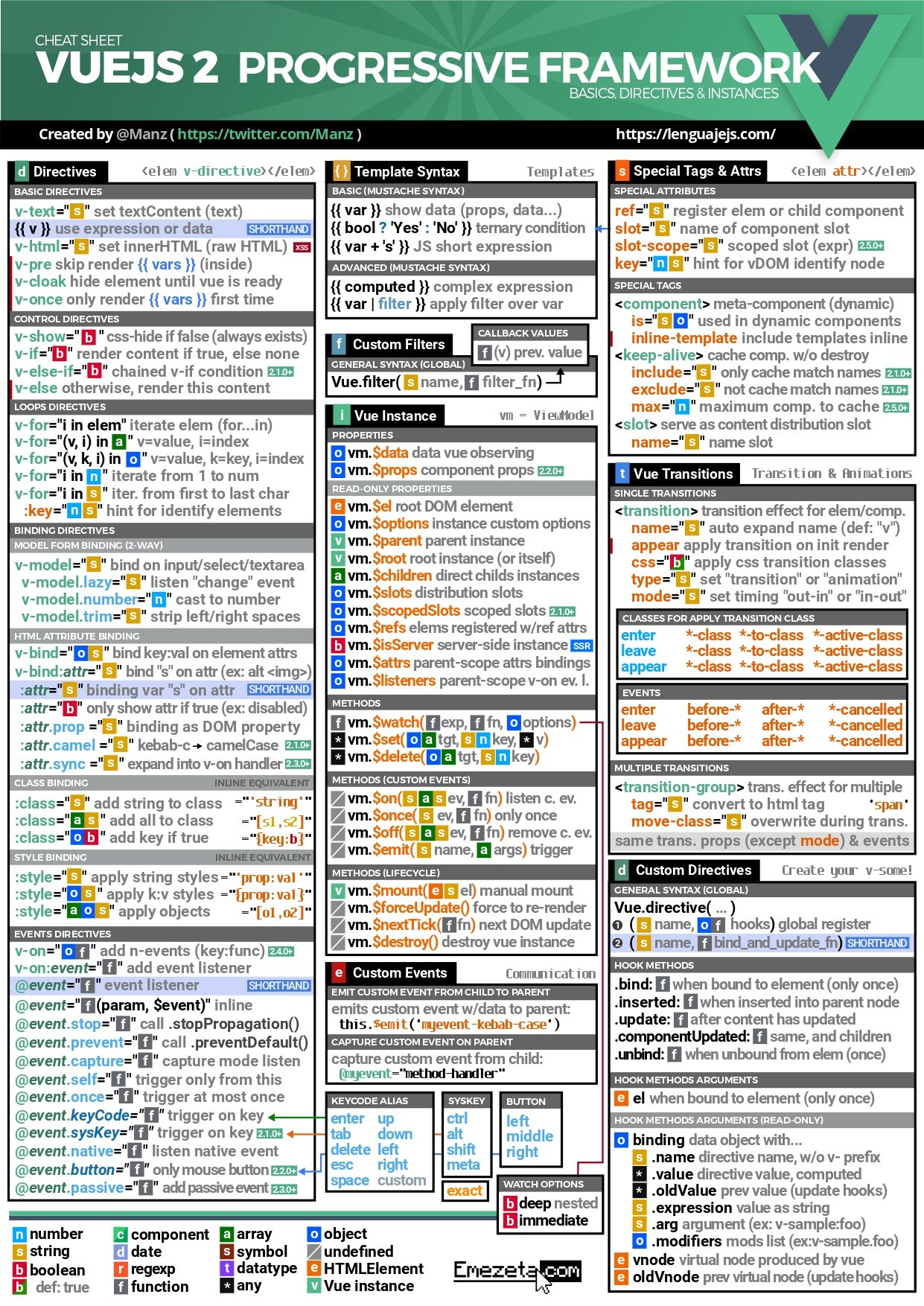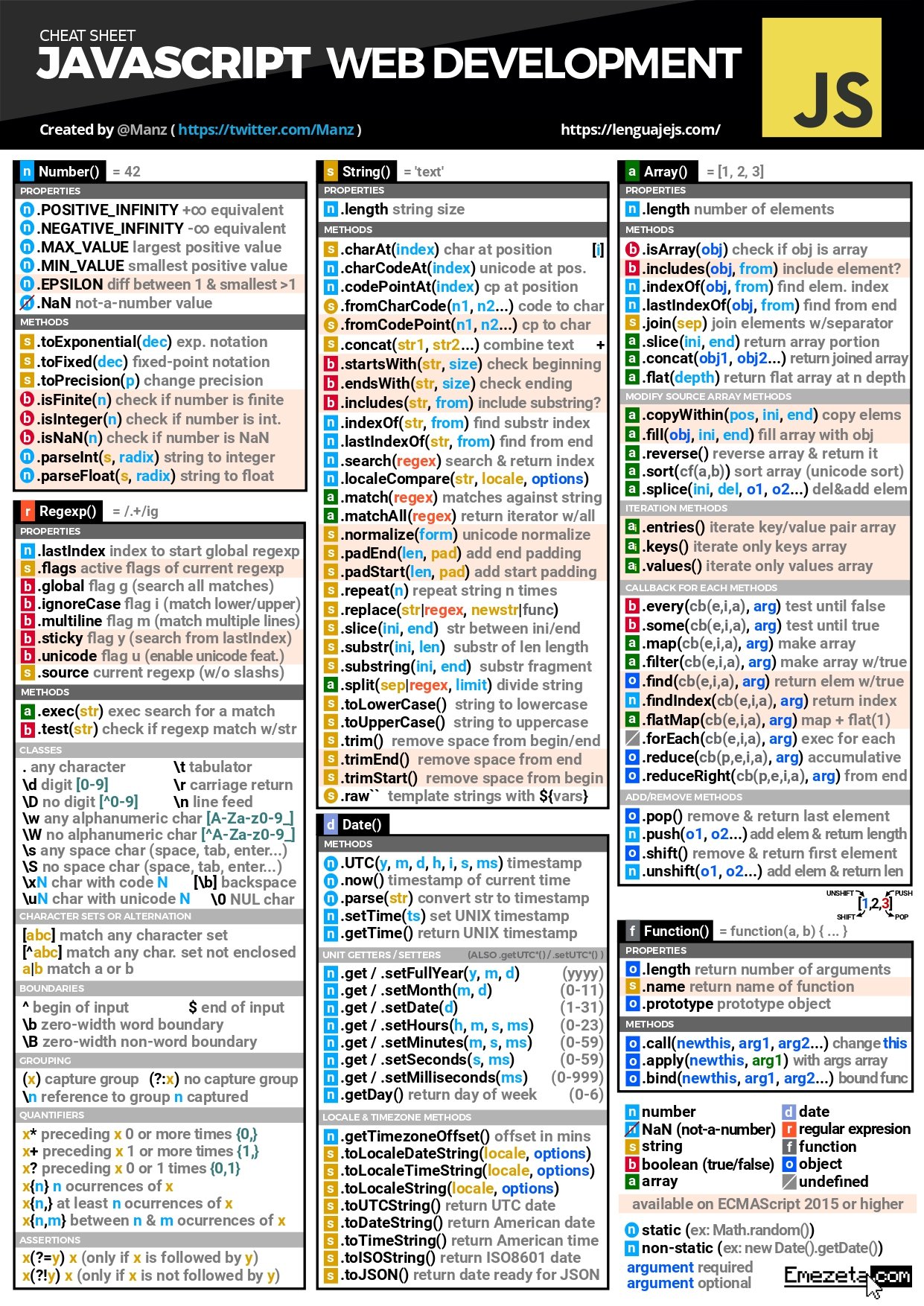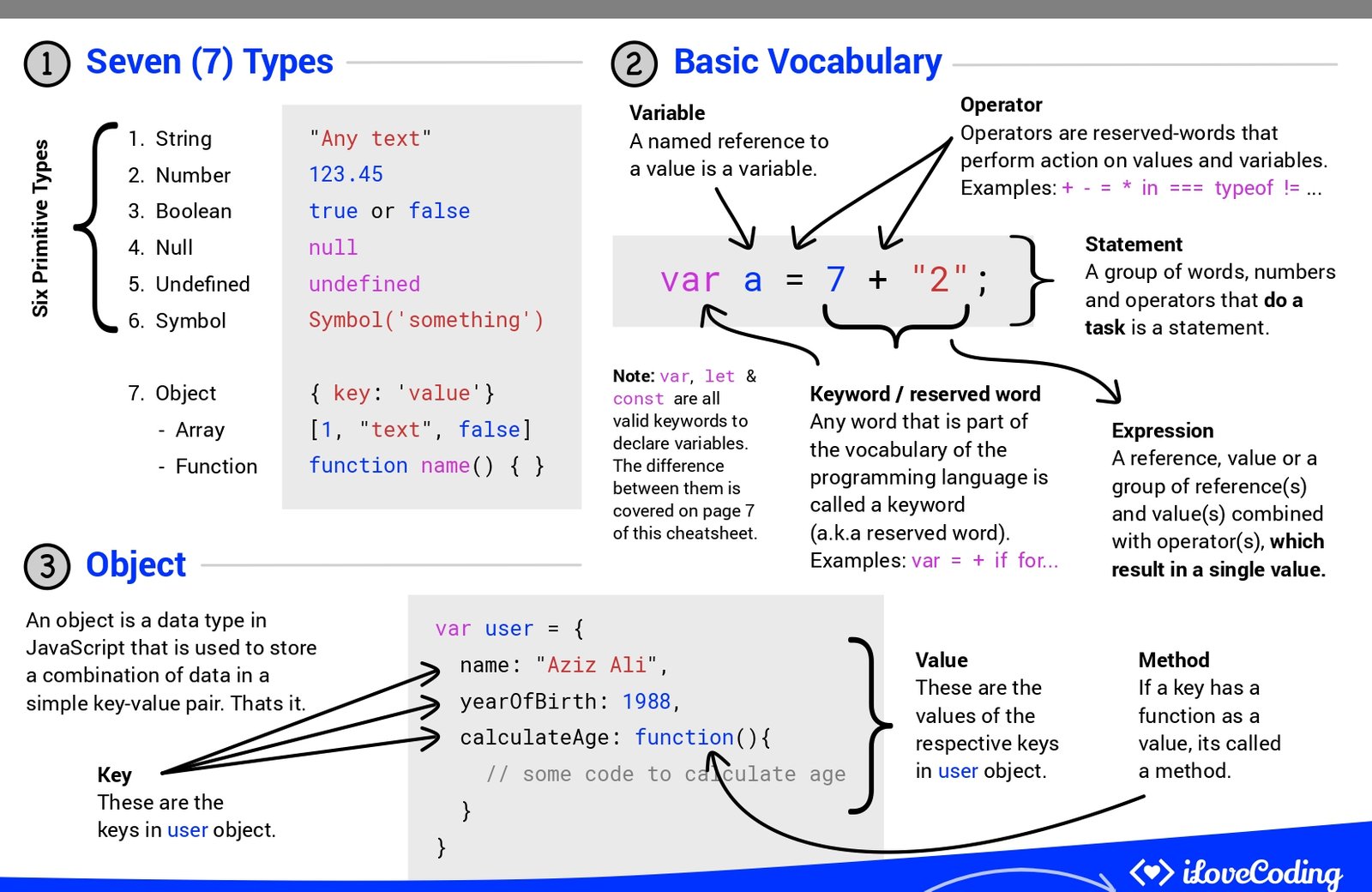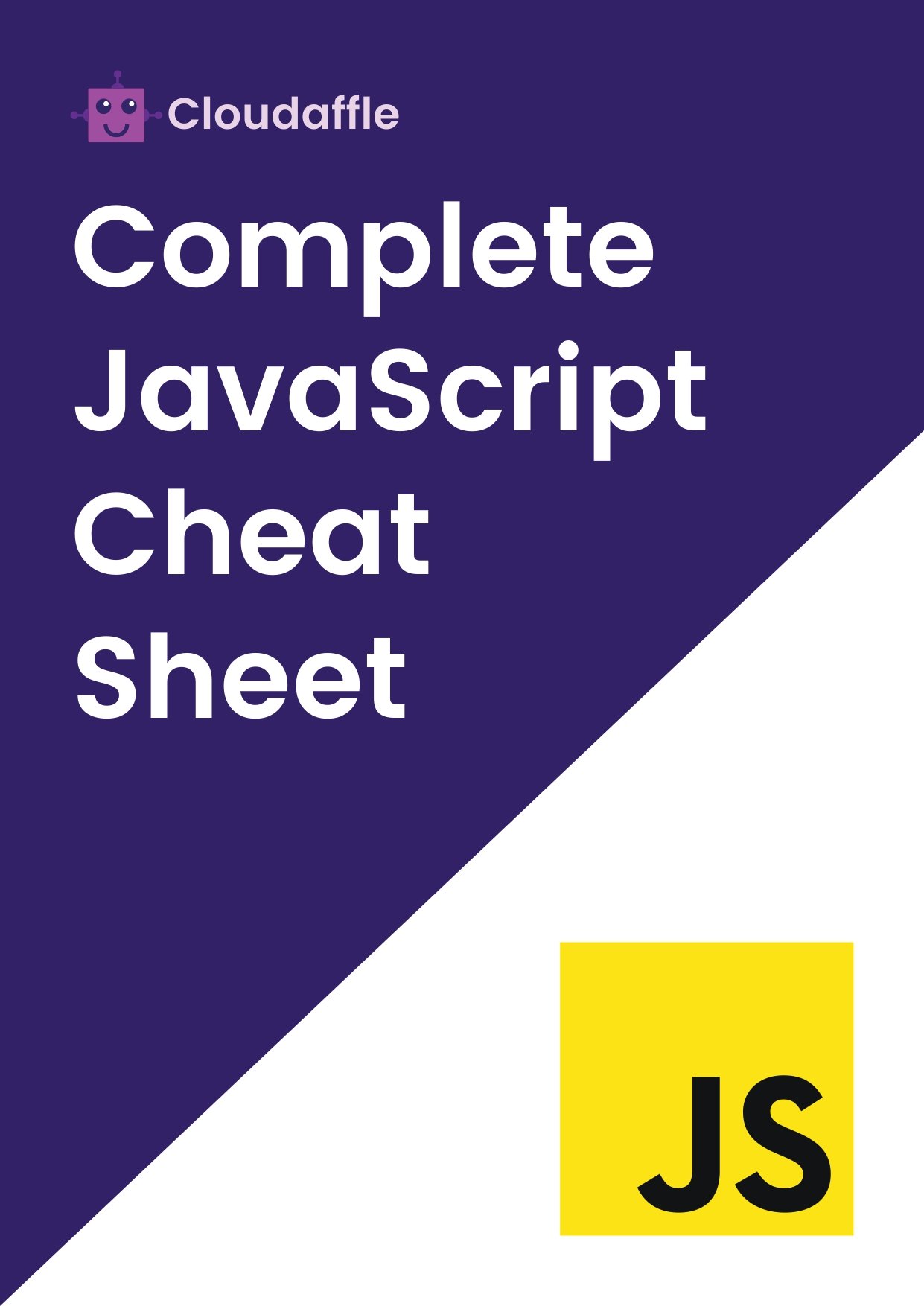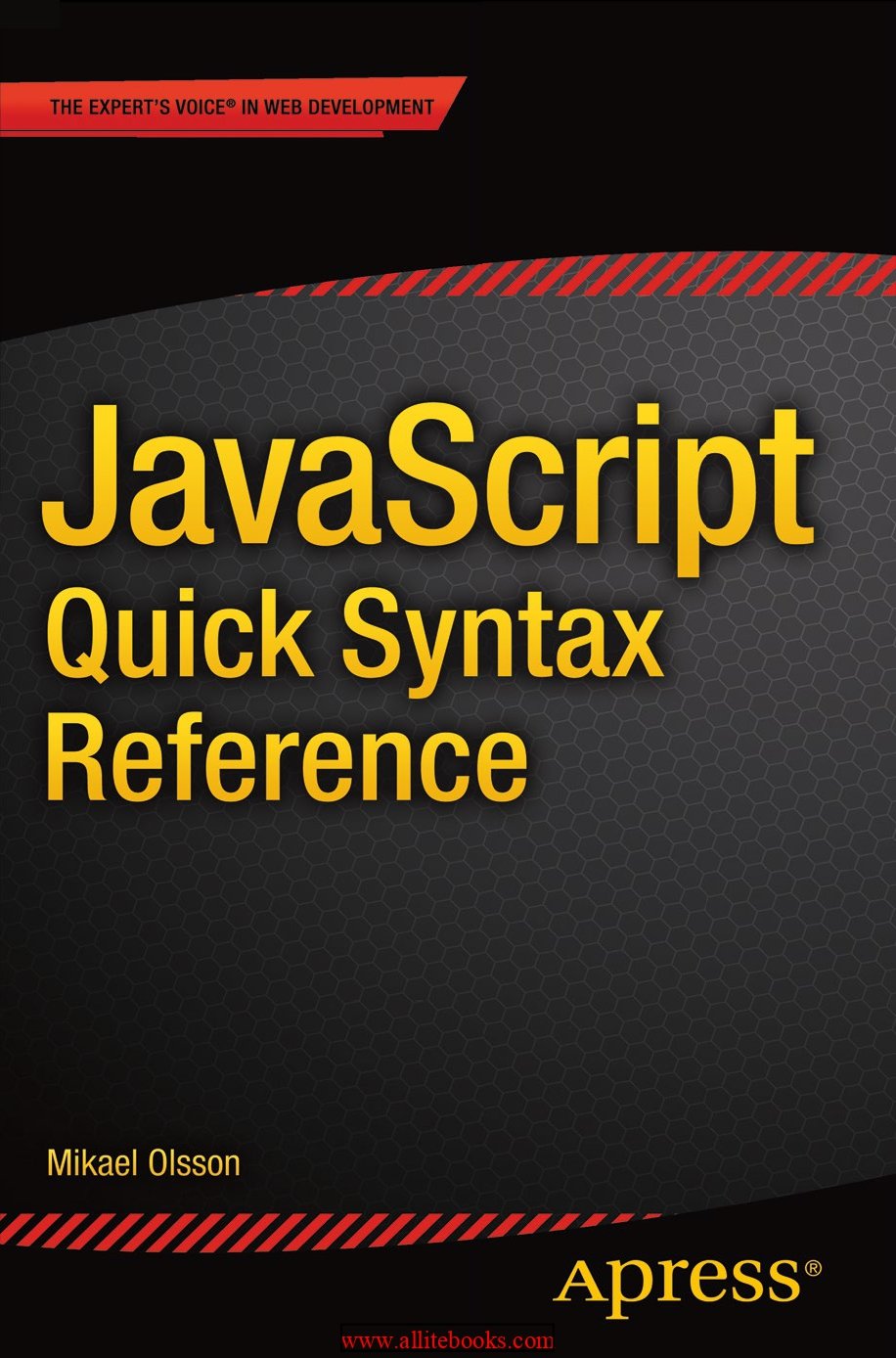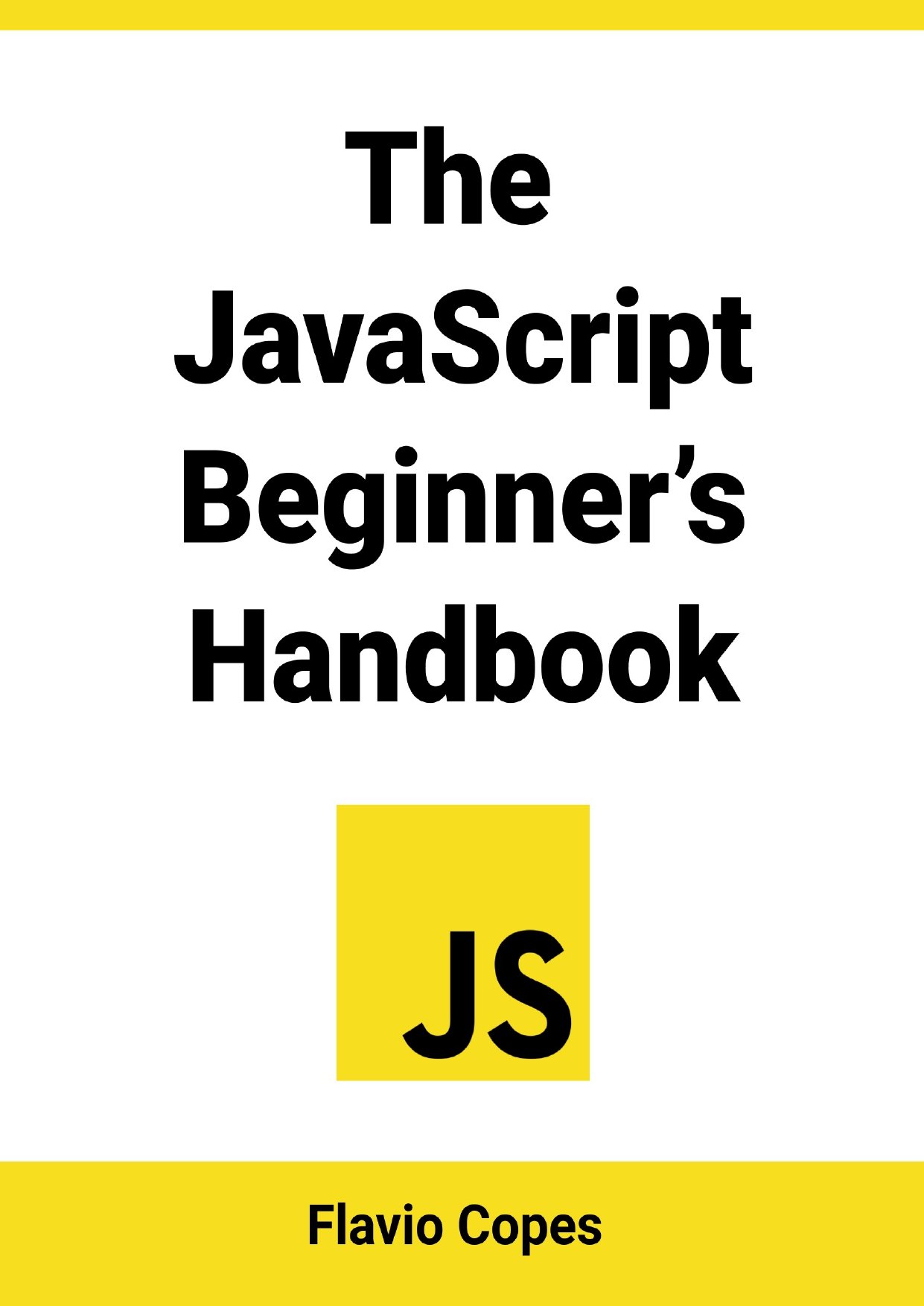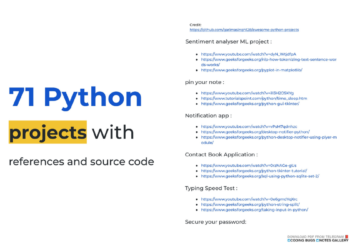Welcome to our blog post, where we are pleased to introduce you to our “Best Practices to Programming Code with JavaScript: PDF Guide.” JavaScript is a versatile and powerful programming language, but writing clean, efficient, and maintainable code requires adherence to best practices. Whether you’re a beginner looking to establish good coding habits or an experienced developer seeking to enhance your JavaScript skills, this PDF guide will provide you with essential guidelines to elevate your coding practices.
In this blog post, we present you with our comprehensive “Best Practices to Programming Code with JavaScript: PDF Guide” – an invaluable resource that covers a wide range of coding practices and techniques to write high-quality JavaScript code. This guide is designed to help you optimize your coding workflow, improve code readability, and reduce potential pitfalls, enabling you to develop robust and scalable JavaScript applications.
Why “Best Practices to Programming Code with JavaScript: PDF Guide”?
Writing JavaScript code that is clean, efficient, and maintainable is crucial for successful software development projects. Our “Best Practices to Programming Code with JavaScript: PDF Guide” serves as a valuable resource to help you understand and implement industry-standard coding practices. By adopting these best practices, you can enhance code quality, increase productivity, and collaborate effectively with other developers. Whether you’re a solo programmer or part of a team, this guide will empower you to write code that is optimized for performance, readability, and maintainability.
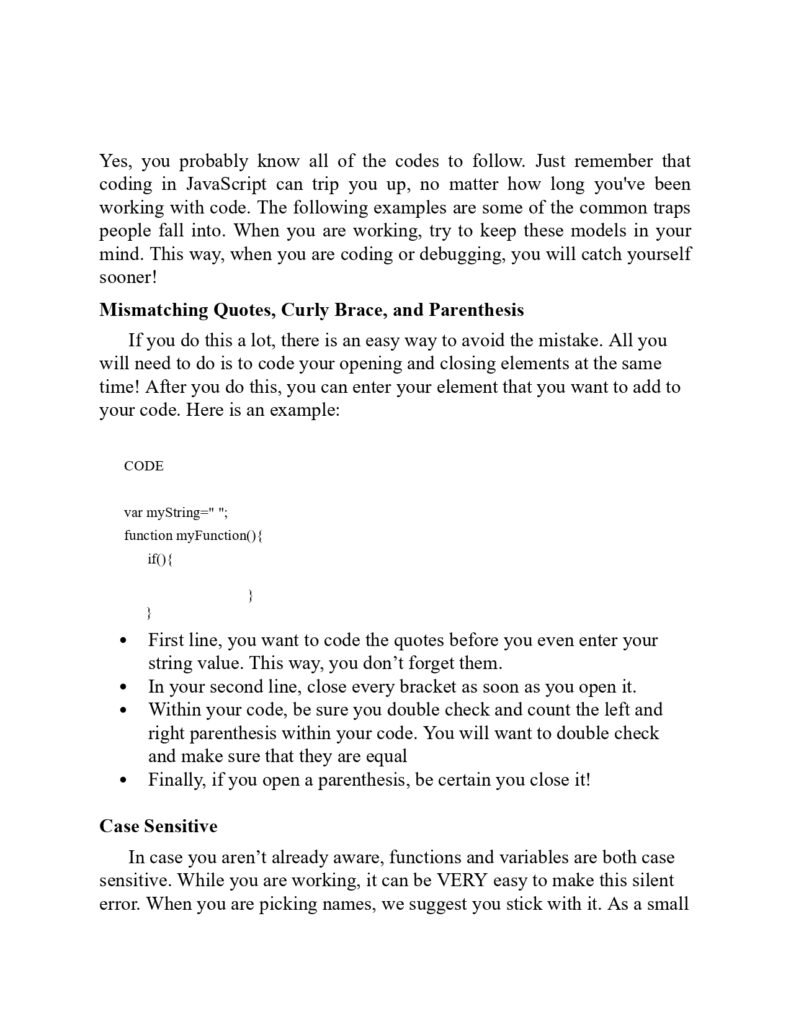
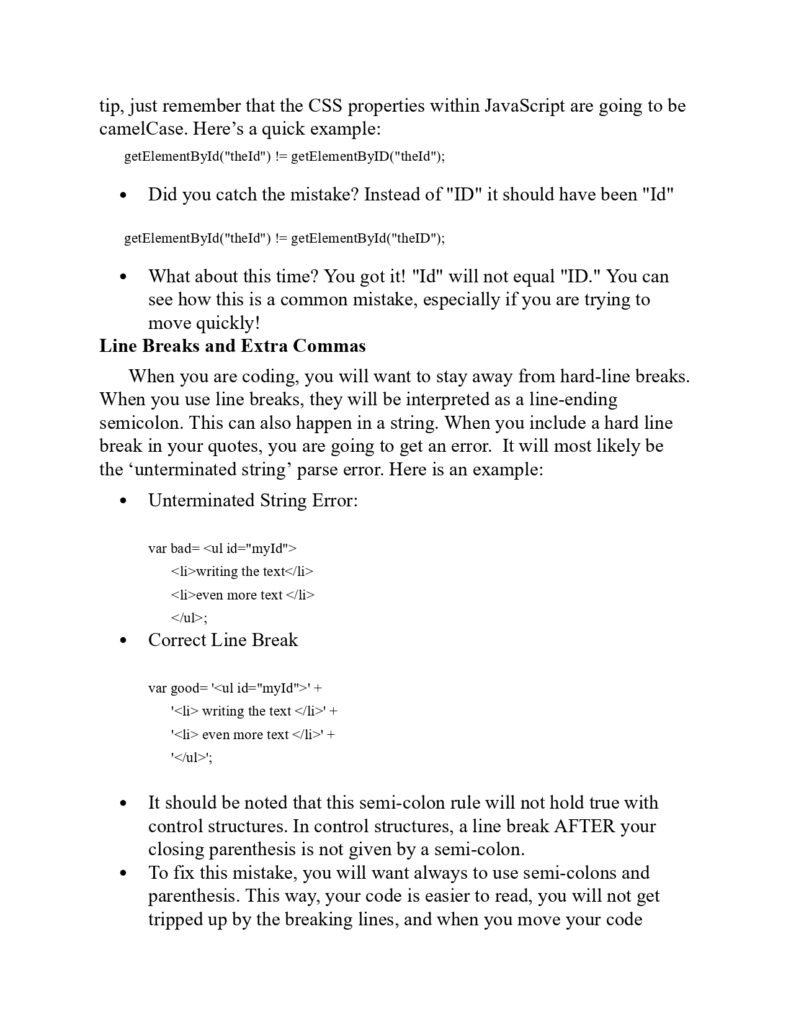

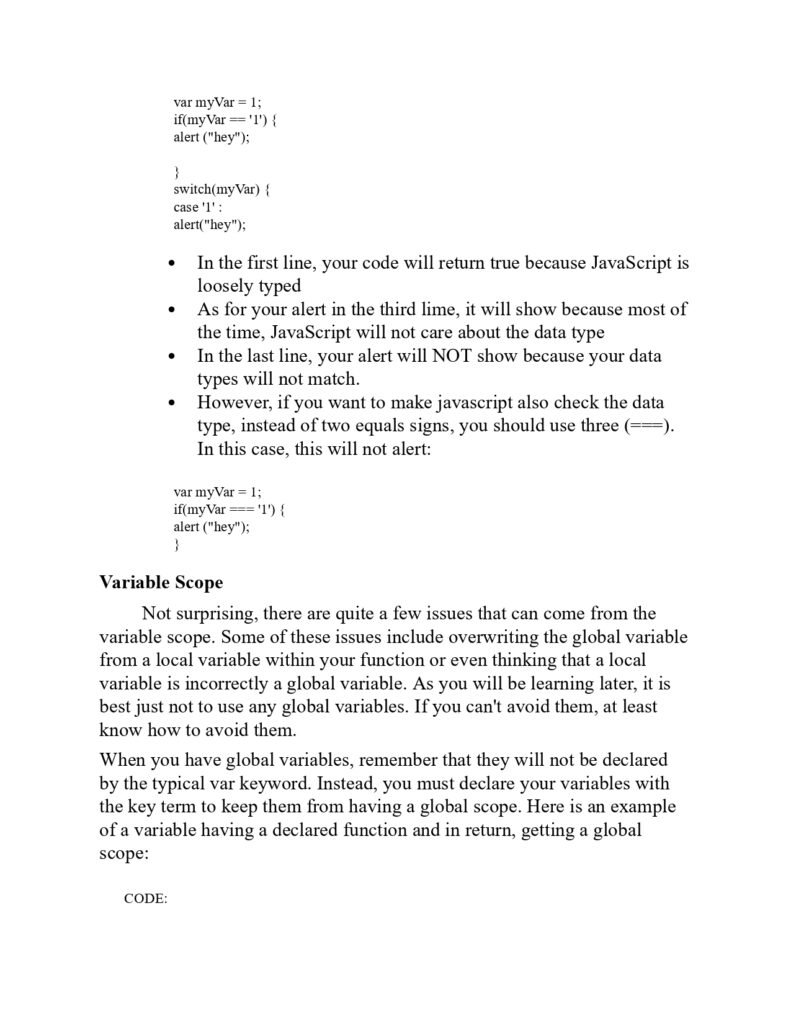
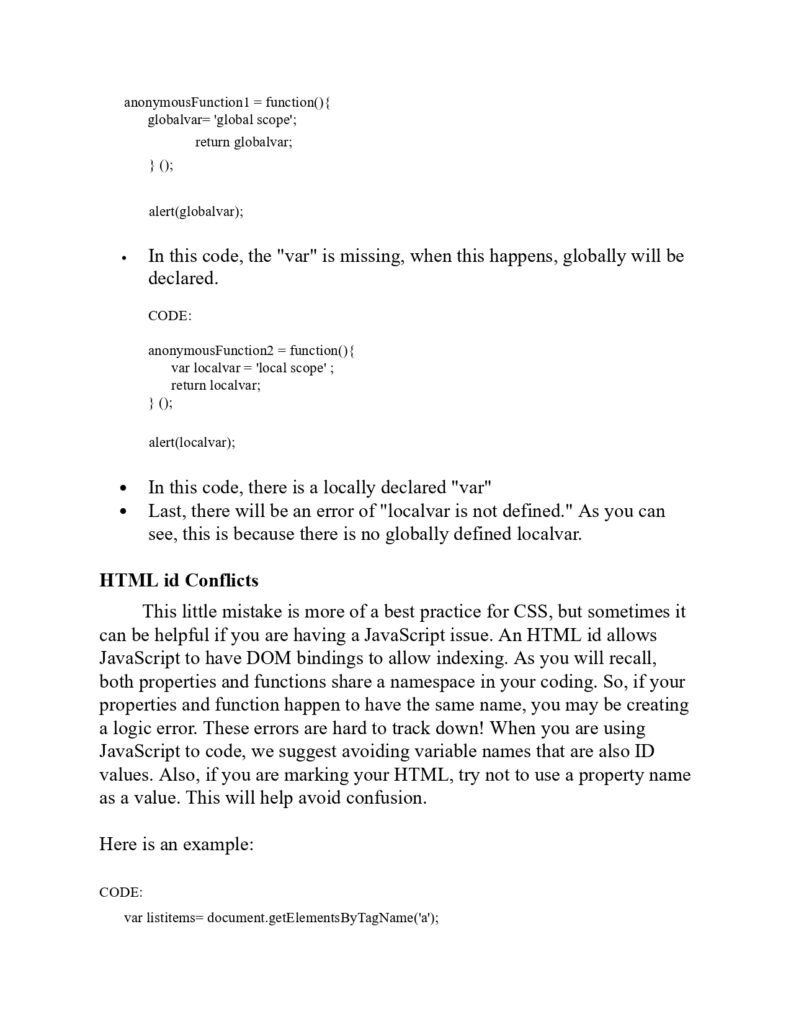
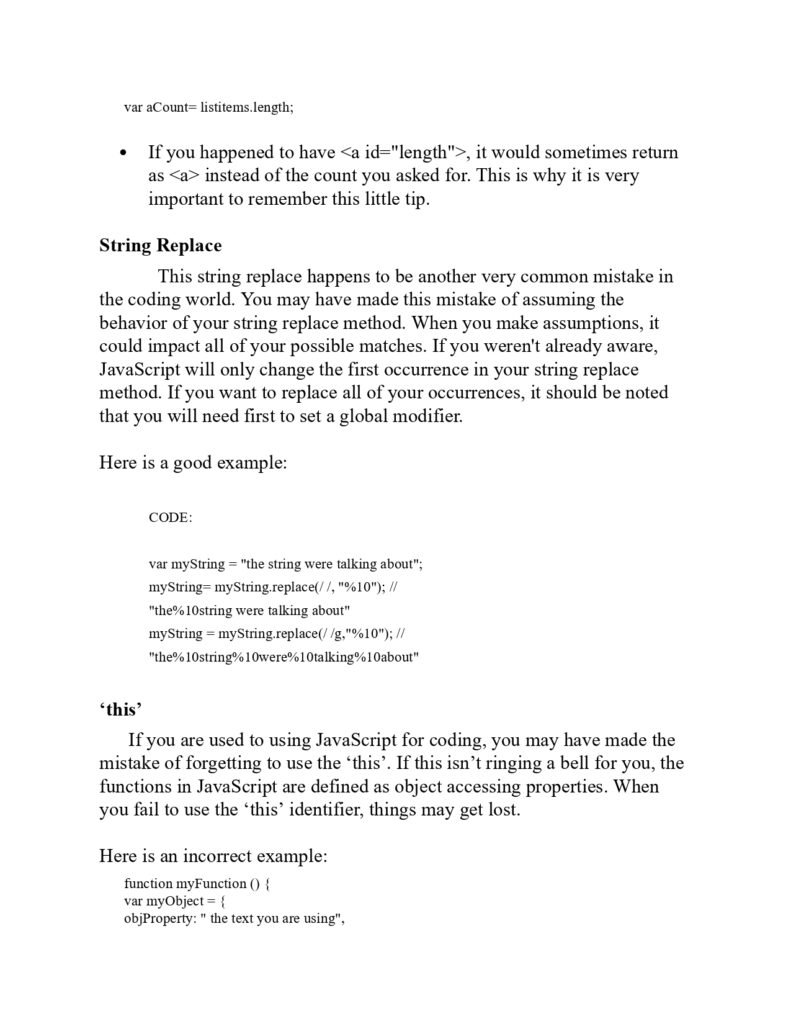
What to Expect:
In the “Best Practices to Programming Code with JavaScript: PDF Guide,” you can expect an in-depth exploration of the following topics:
- Code Formatting and Style: Understanding the importance of consistent code formatting and adhering to established style conventions, including indentation, spacing, naming conventions, and the effective use of comments.
- Variable Declarations and Scoping: Learning best practices for declaring and initializing variables, understanding variable hoisting, and utilizing block scoping to prevent unintended variable leakage.
- Functions and Modularity: Exploring best practices for writing functions, including naming conventions, parameter usage, return values, and leveraging modularity to promote code reuse and maintainability.
- Handling Asynchronous Operations: Understanding techniques to handle asynchronous operations in JavaScript, such as callbacks, promises, and async/await, to avoid callback hell and write more readable and maintainable code.
- Error Handling and Debugging: Learning effective strategies for error handling and debugging in JavaScript, including proper error messages, stack traces, and utilizing browser developer tools for efficient debugging.
- Performance Optimization: Exploring techniques to optimize JavaScript code for better performance, such as minimizing DOM manipulation, reducing unnecessary computations, and optimizing loops and data structures.
- Security Considerations: Understanding common security vulnerabilities in JavaScript code and implementing best practices to prevent attacks, including input validation, secure data handling, and protecting against cross-site scripting (XSS) and cross-site request forgery (CSRF) attacks.
- Testing and Quality Assurance: Discovering best practices for testing JavaScript code, including unit testing frameworks, test-driven development (TDD) principles, code coverage, and continuous integration (CI) workflows.
This PDF guide provides detailed explanations, code examples, and practical insights to help you implement best practices and write high-quality JavaScript code.
Who Can Benefit from This Resource:
- JavaScript developers of all levels looking to enhance their coding practices and write cleaner, more maintainable code.
- Software development teams seeking to establish consistent coding conventions and improve code collaboration.
- Students learning JavaScript programming and wanting to adopt industry-standard best practices.
- Professionals preparing for JavaScript coding interviews and wanting to demonstrate their expertise in writing clean and efficient code.
Conclusion:
With our “Best Practices to Programming Code with JavaScript: PDF Guide,” you’ll have a comprehensive resource that covers essential coding practices to optimize your JavaScript code. By following these best practices, you can write code that is clean, efficient, and maintainable, leading to improved productivity and software quality.
Stay tuned as we unveil this essential resource that will elevate your JavaScript coding practices. Get ready to enhance your skills with our “Best Practices to Programming Code with JavaScript: PDF Guide.”
Number Of Sheets:
45 Sheets
Download The Best Practices To Programming Code PDF:
Take a look at all of our JavaScript summaries in PDF format From here
